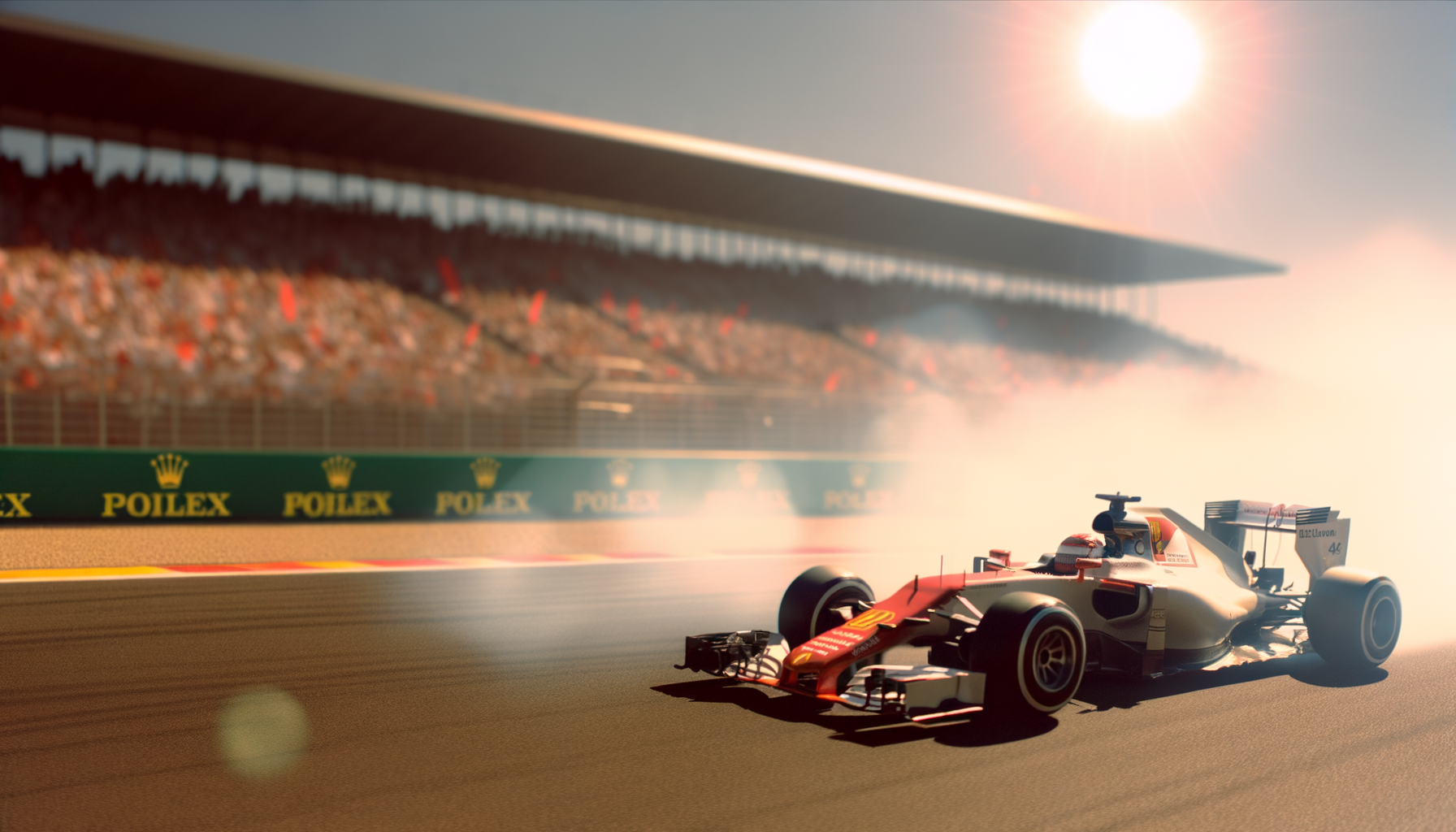F1 Declares Heat Hazard Again At US Grand Prix
Formula 1 issues heat hazard warning at the 2024 US Grand Prix due to extreme temperatures, impacting drivers, teams, and race strategy significantly.

By Editorial
Introduction To The Heat Hazard At The US Grand Prix
Formula 1 has once again declared a heat hazard at the 2024 United States Grand Prix, held at the Circuit of the Americas in Austin, Texas. With temperatures soaring well above 35°C, the extreme heat is posing serious challenges for drivers, teams, and race officials alike. This warning highlights not only the physical toll on participants but also the strategic adjustments teams must make to cope with such conditions.
Why Extreme Heat Is A Serious Concern In Formula 1
F1 cars and drivers are pushed to their limits during any Grand Prix, but excessive heat introduces multiple risks. High cockpit temperatures can exceed 50°C, testing drivers’ endurance and concentration. The risk of heat exhaustion or dehydration becomes significant, potentially affecting performance and safety.
Moreover, heat impacts the car’s mechanical reliability. Engines, brakes, and tyres suffer accelerated wear and overheating. Teams must carefully manage cooling systems and tyre strategies to avoid failures or performance drops.
The Impact On Drivers’ Health And Performance
Drivers face intense physical strain under these conditions. For example, during previous races with similar heat warnings, such as the 2021 Bahrain Grand Prix, several drivers experienced severe fatigue and required medical checks post-race. Hydration protocols and cooling garments are critical, yet coping with such heat remains a formidable challenge.
Technical Challenges For Teams
Teams must optimise car setups to balance performance with cooling efficiency. Cooling ducts might be enlarged, but this often comes at the cost of aerodynamic efficiency. Tyre degradation also accelerates; managing this requires precise pit stop strategies and tyre compound choices.
Race Strategy Adjustments Under Heat Hazard Conditions
Heat hazards force teams to revise their race strategies significantly. Pit stops may become more frequent to swap overheated tyres or address cooling issues. Drivers might be instructed to adjust pace to preserve the car and their stamina.
These changes can alter the competitive dynamic. For example, teams with better cooling technology or more resilient tyres might gain an advantage. This unpredictability adds an extra layer of excitement and complexity to the event.
How The US Grand Prix Heat Hazard Compares To Other Global F1 Races
The US Grand Prix is not unique in facing heat challenges. Races in Bahrain, Abu Dhabi, and Singapore have also been affected by extreme temperatures. However, the combination of Texas humidity and heat creates a distinct environment, demanding unique preparations.
Comparatively, European circuits tend to experience milder weather, reducing the likelihood of heat hazard declarations. This makes the US Grand Prix a critical test of endurance and adaptability for teams and drivers alike.
Case Study: Managing Heat At The 2023 US Grand Prix
Last year’s US Grand Prix saw temperatures reaching 34°C, prompting teams to implement extensive cooling measures. Mercedes, for example, utilised enhanced driver cooling suits and optimised brake cooling ducts, which contributed to Lewis Hamilton finishing strongly despite the conditions.
These adaptations proved essential as several competitors struggled with tyre degradation and physical exhaustion. Such examples underline the importance of preparation and innovation when tackling heat hazards.
Broader Implications For Motorsport Amid Rising Global Temperatures
The recurring heat hazard declarations at races like the US Grand Prix reflect a broader trend: motorsport must adapt to climate change. Increasing global temperatures mean that heat-related challenges will become more frequent and severe.
Organisers may need to consider altering race schedules, improving circuit infrastructure for cooling, or enforcing stricter safety measures. This evolution will be crucial to ensure the sport remains safe and competitive.
Conclusion And What Fans Should Expect At The 2024 US Grand Prix
Fans attending or watching the 2024 US Grand Prix should prepare for a race where heat plays a starring role. Expect drivers to battle not just each other but the physical demands imposed by the scorching Texas weather.
Teams will be tested on their technical ingenuity and strategic flexibility, likely leading to unpredictable race outcomes. For more insights on how sports adapt to extreme conditions and evolving challenges, check out our analysis on the IOC reshaping the Olympic Games.
Understanding the impact of environmental factors helps deepen appreciation for the skill and resilience of athletes across disciplines, whether in motorsport or other sports like basketball or football. For example, learn about Great Britain’s historic EuroBasket win and its significance for UK basketball.
Ultimately, the heat hazard at the US Grand Prix adds a compelling dimension to the race, showcasing the intersection of human endurance, engineering excellence, and environmental realities in modern sport.
Related topics
Editorial
Sports expert at SportsScoop
Specialist in sports analysis and journalism
Related articles
Want to read more?
Explore our comprehensive collection of sports articles and analysis, or contact us for more information.



